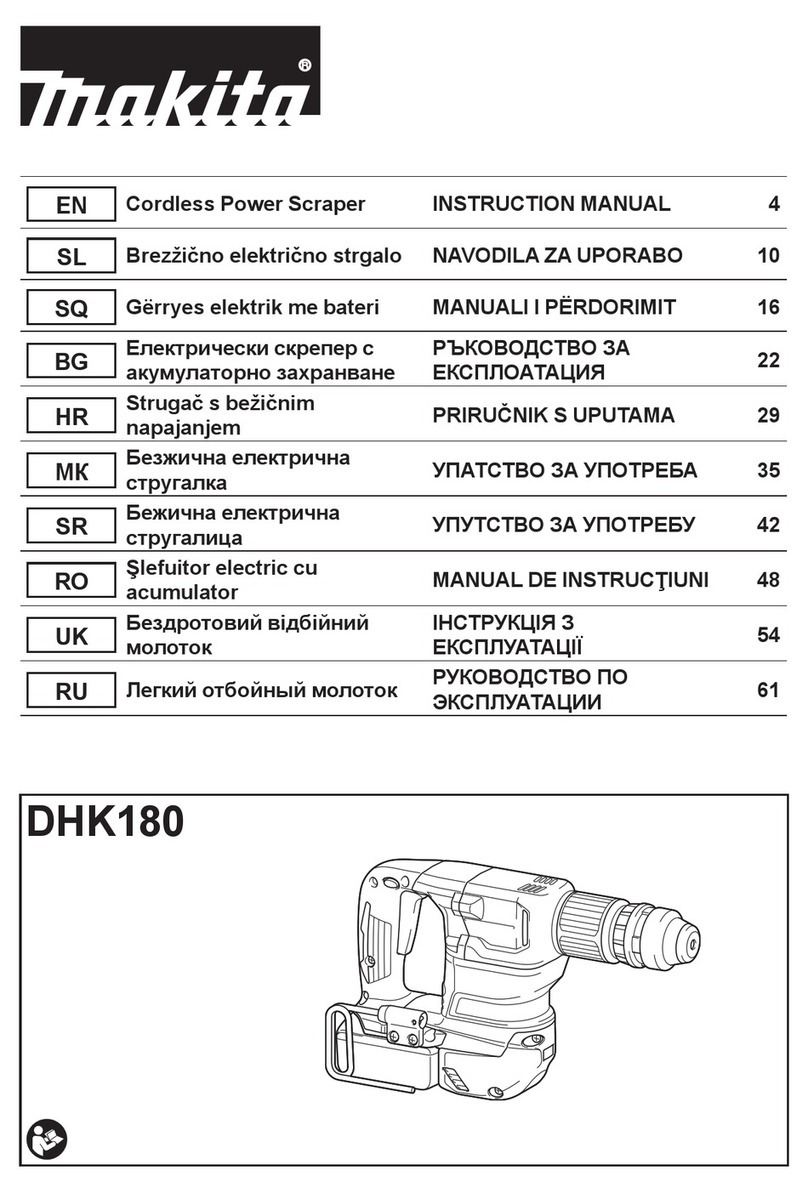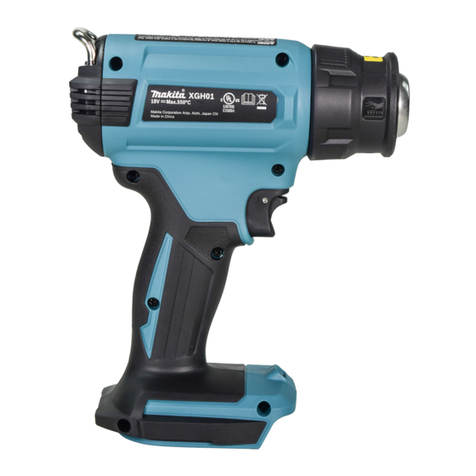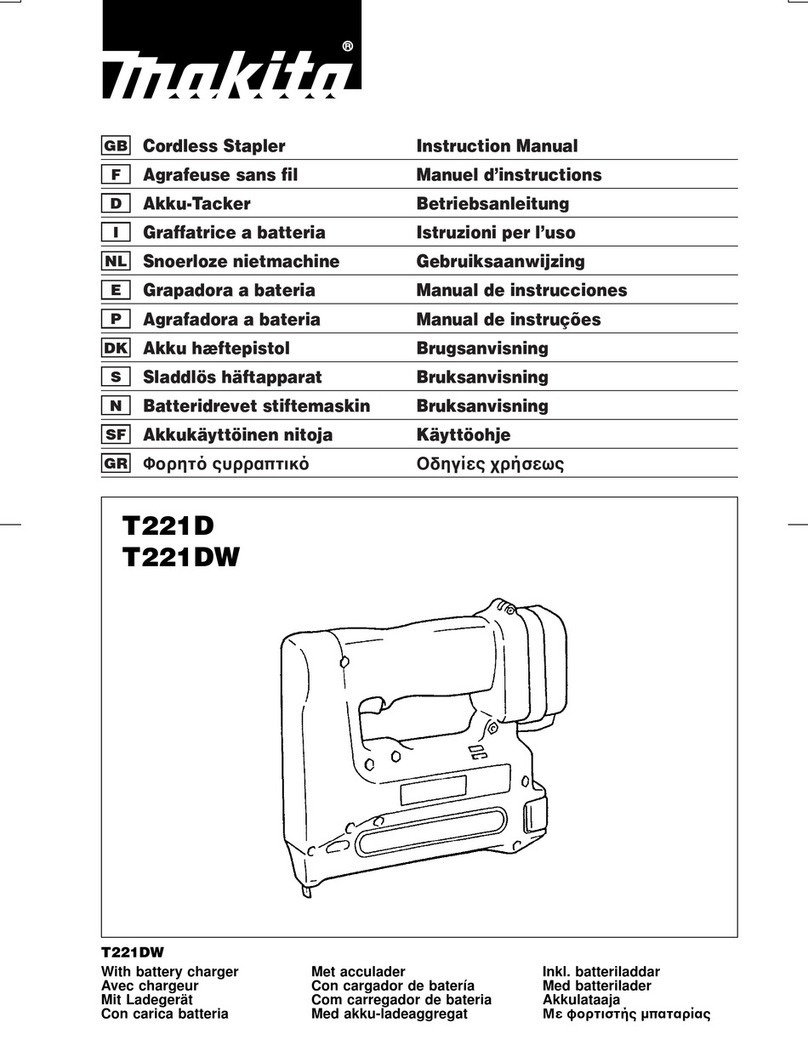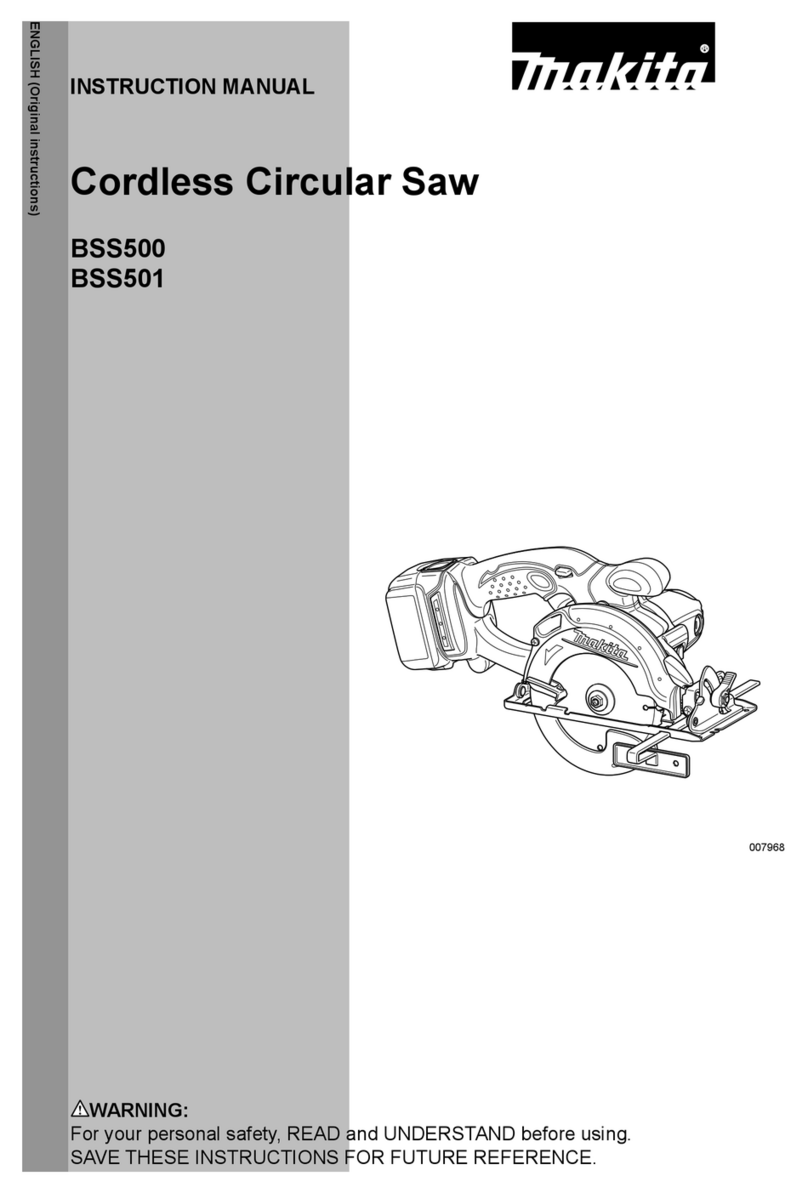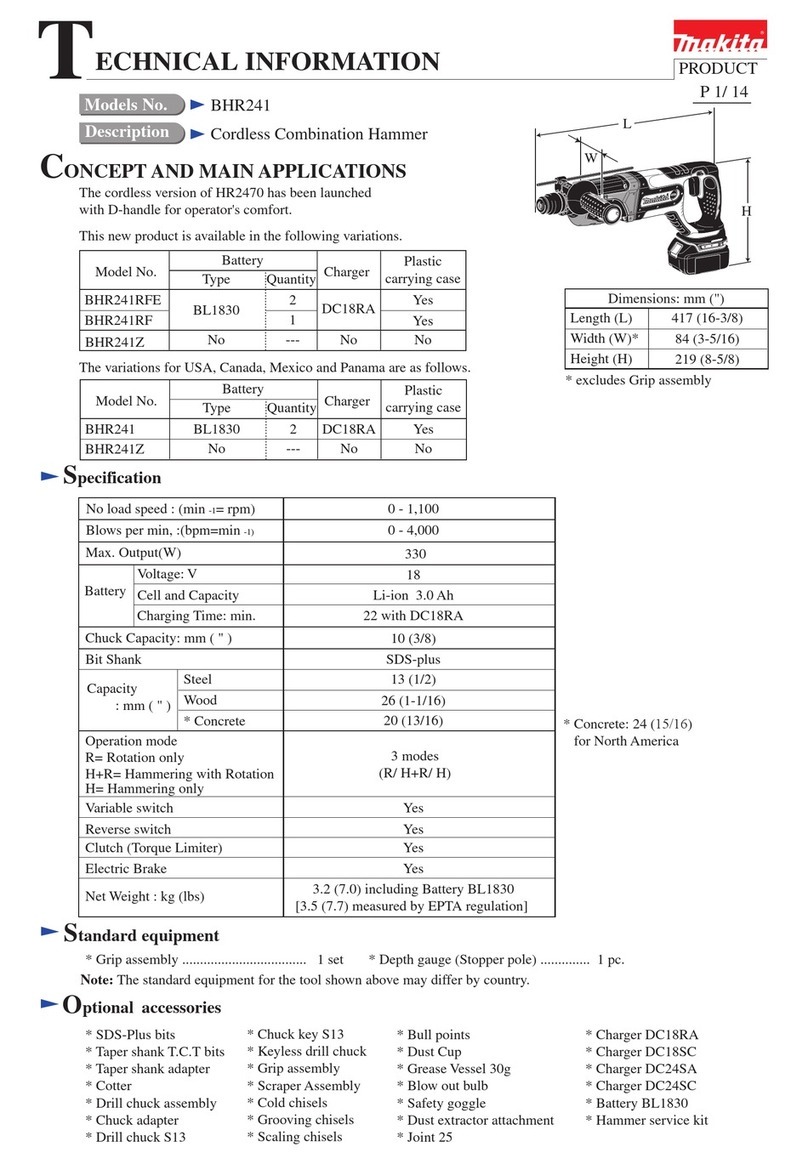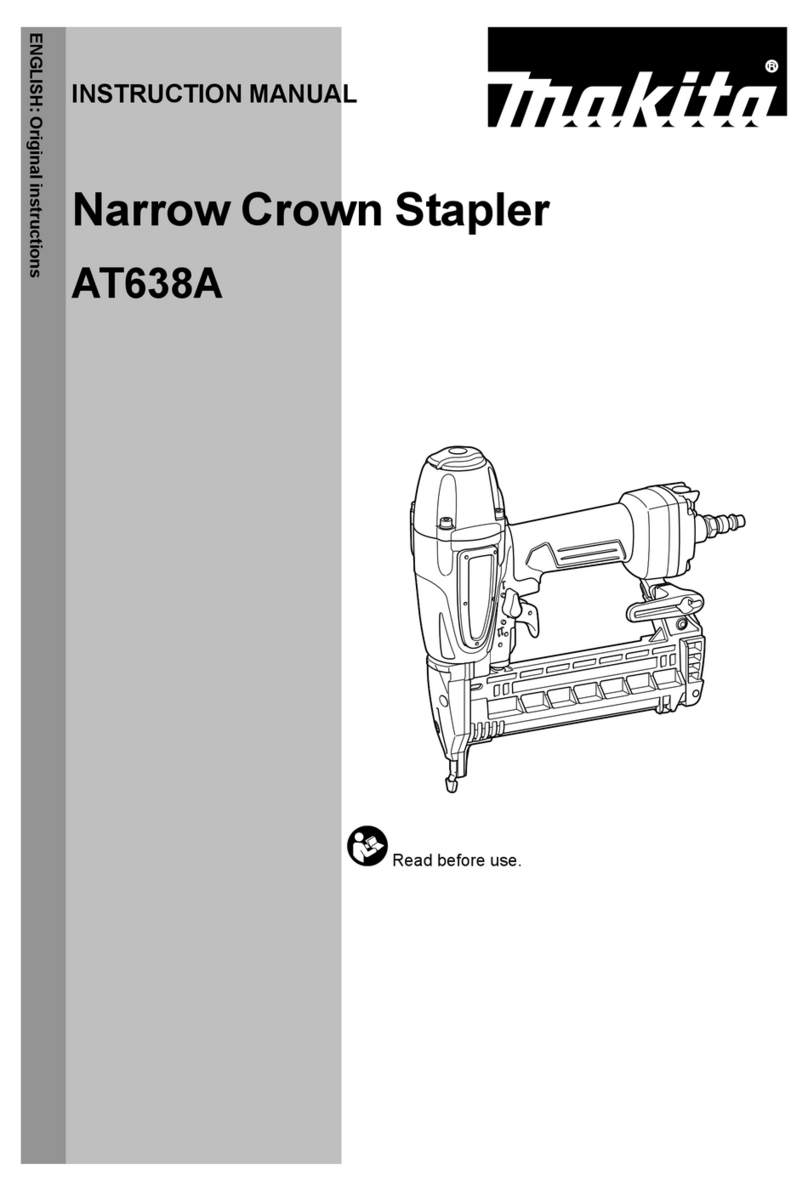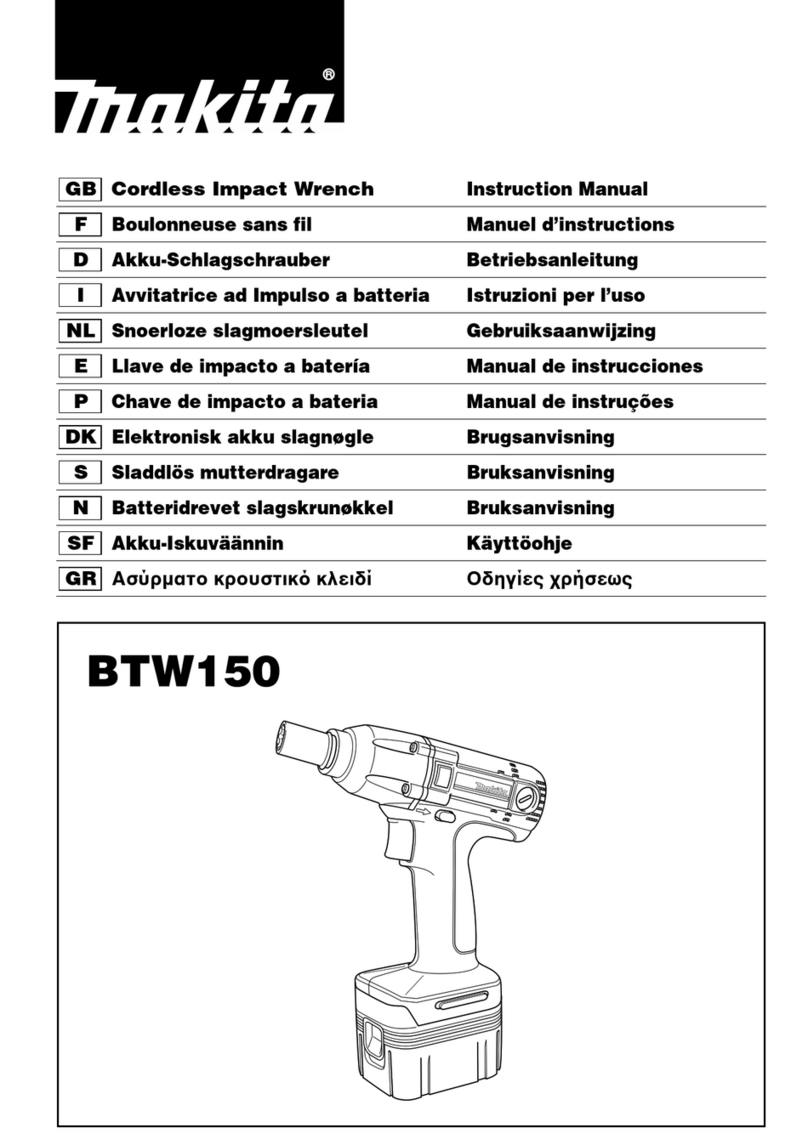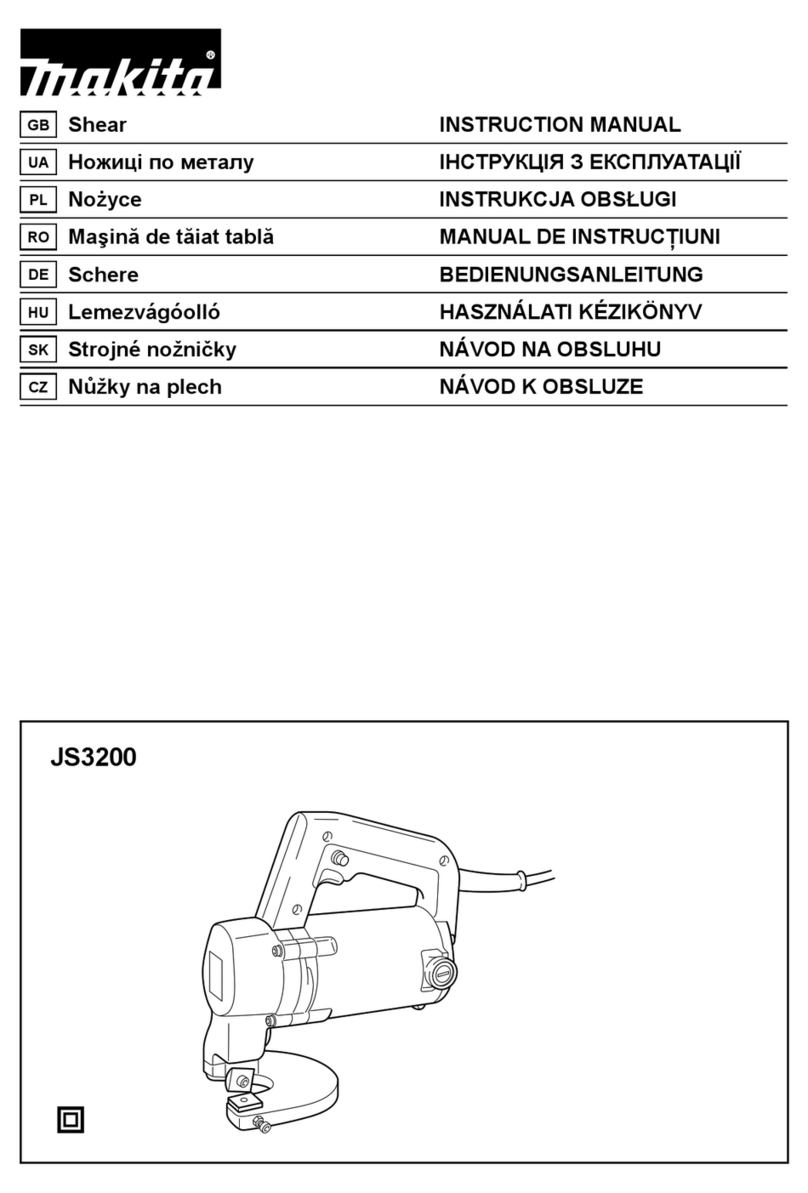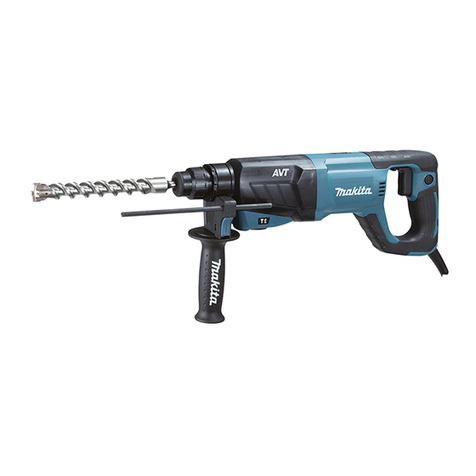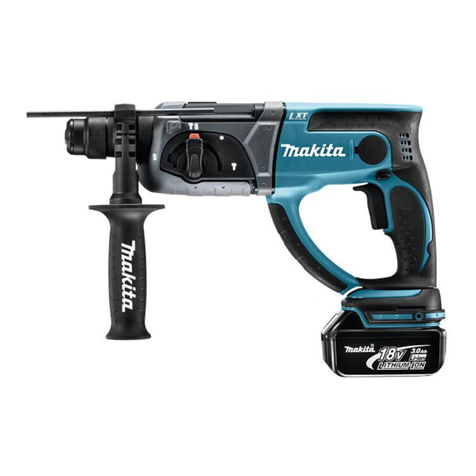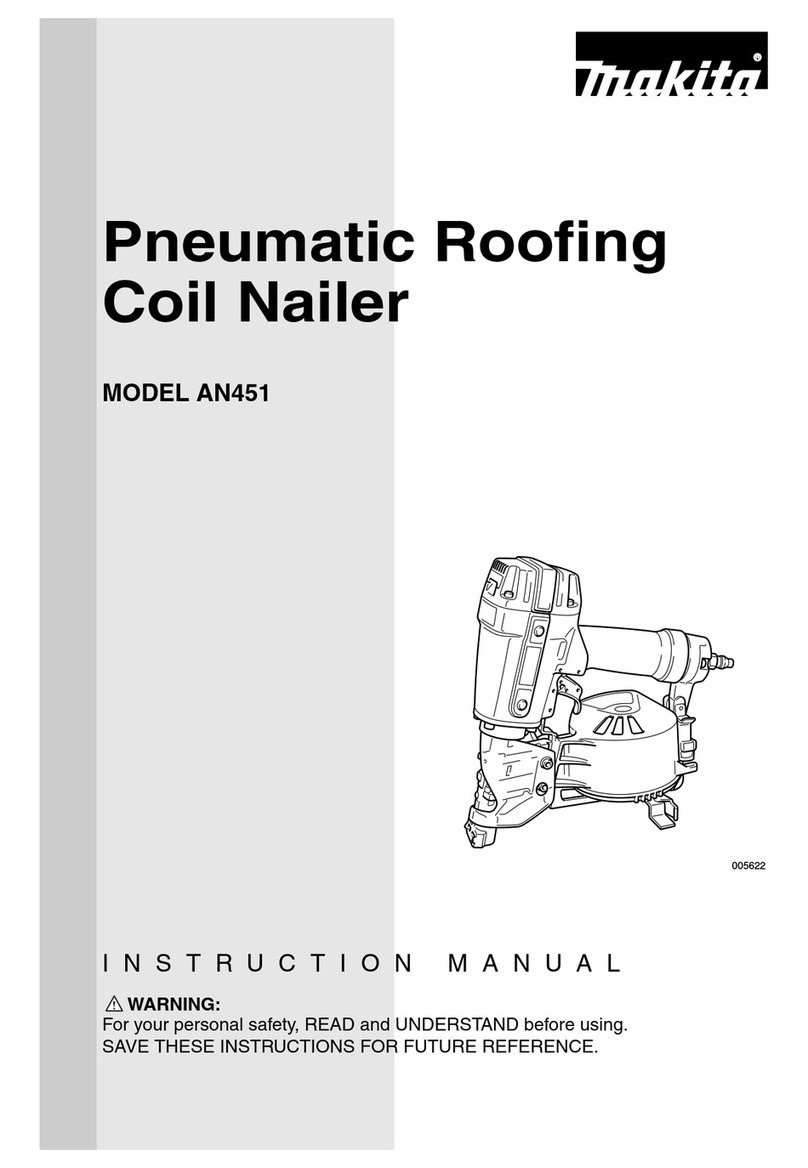Makita AN901 User manual
Other Makita Power Tools manuals
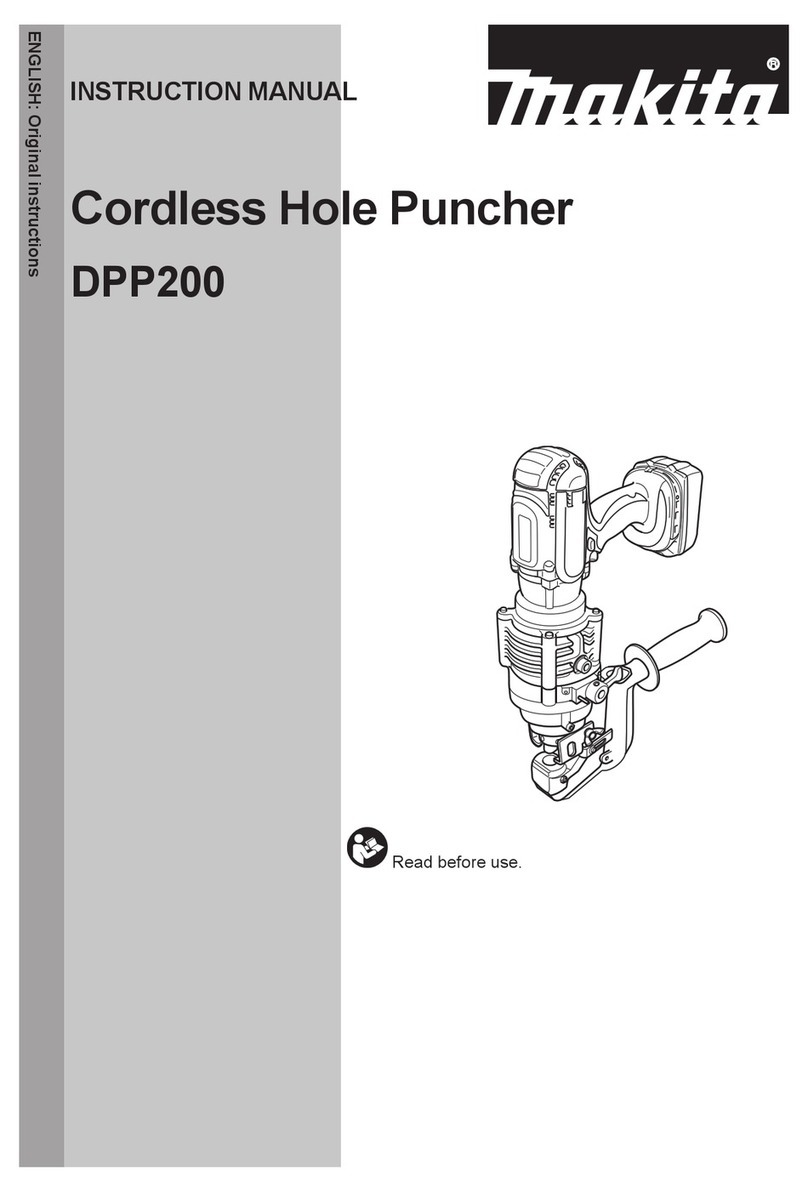
Makita
Makita DPP200 User manual
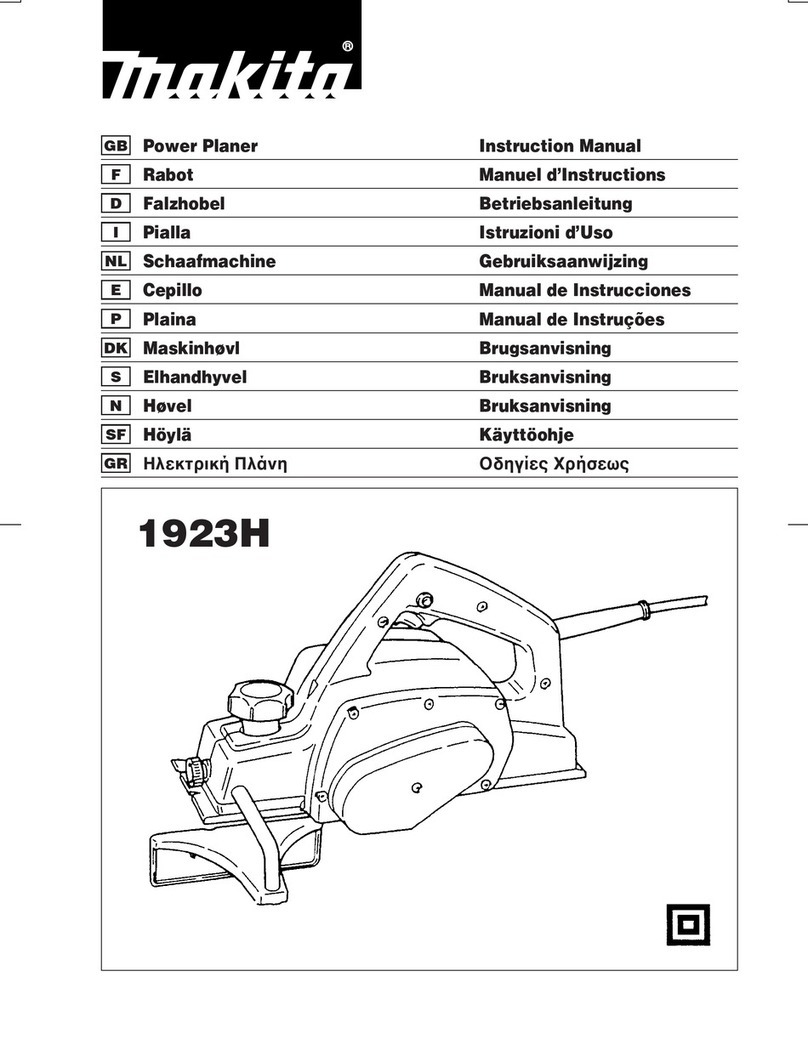
Makita
Makita 1923H User manual
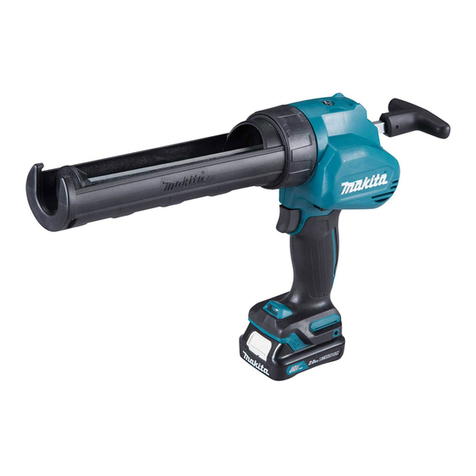
Makita
Makita CG100D User manual
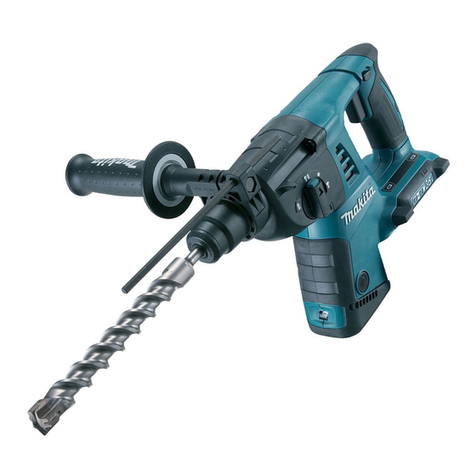
Makita
Makita DHR263 User manual
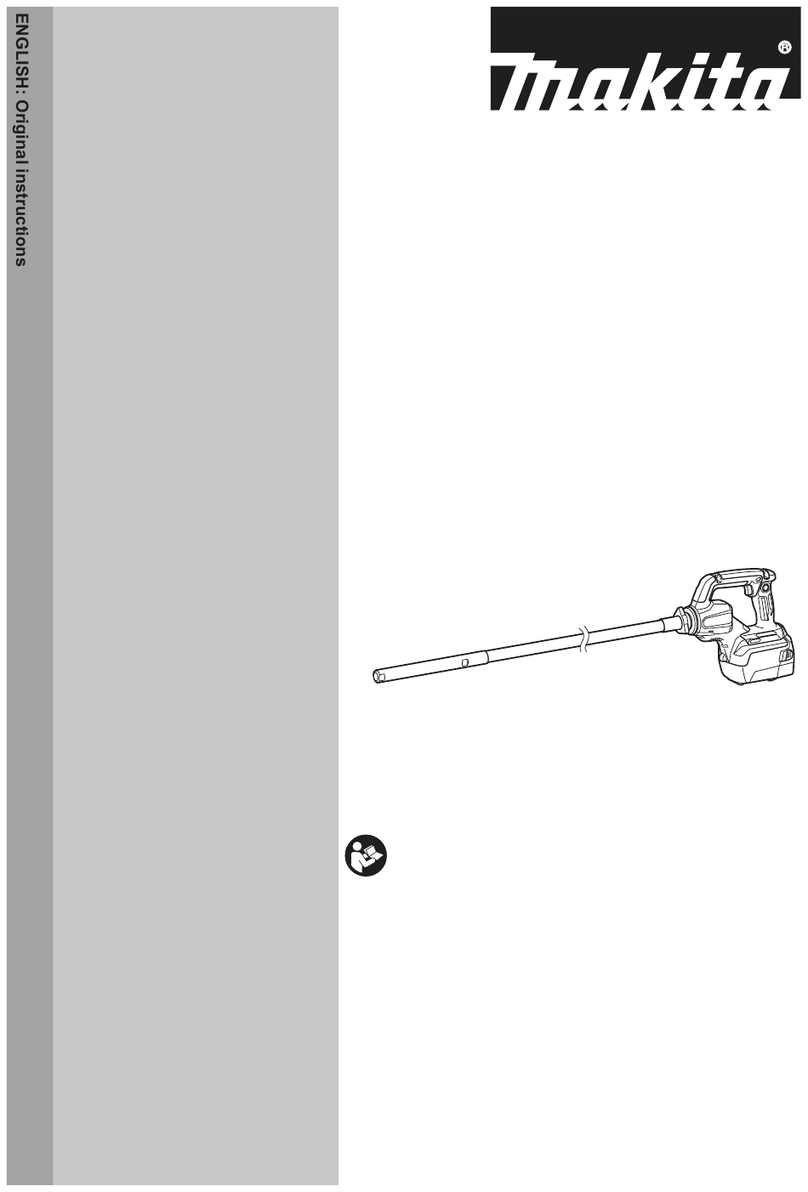
Makita
Makita VR004G User manual
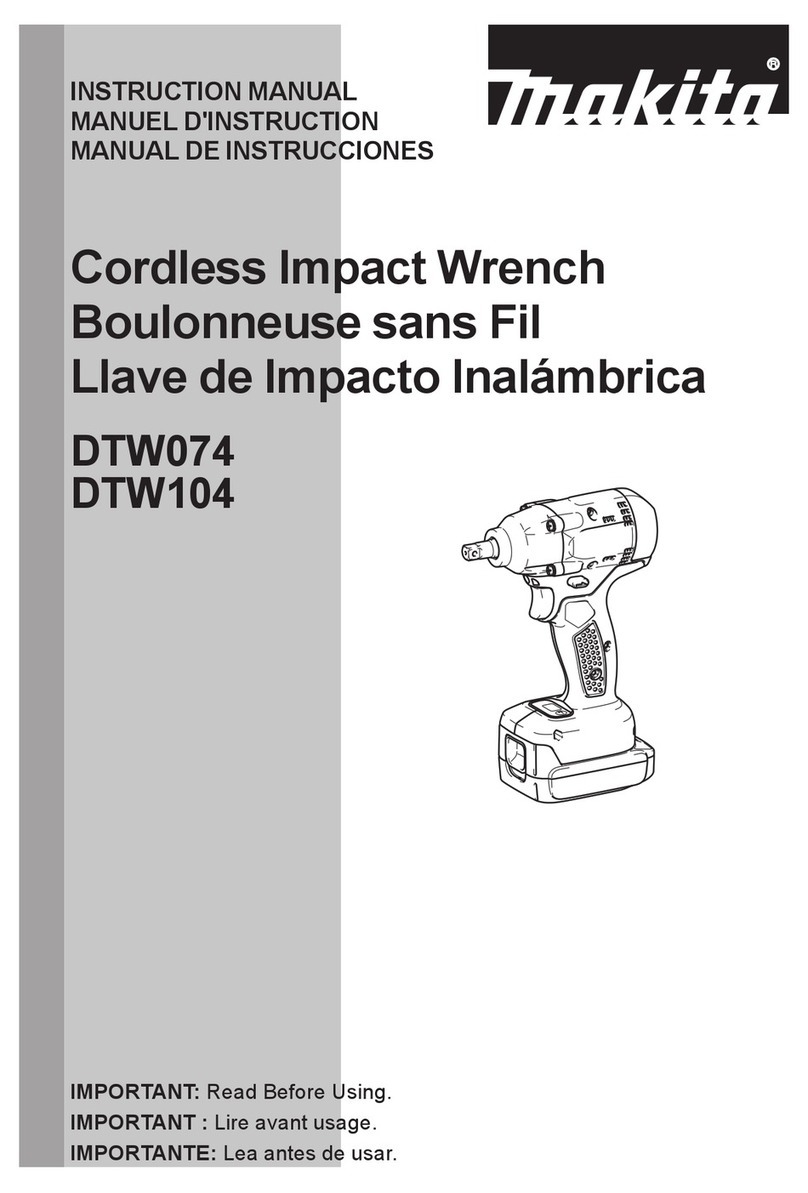
Makita
Makita DTW104 User manual
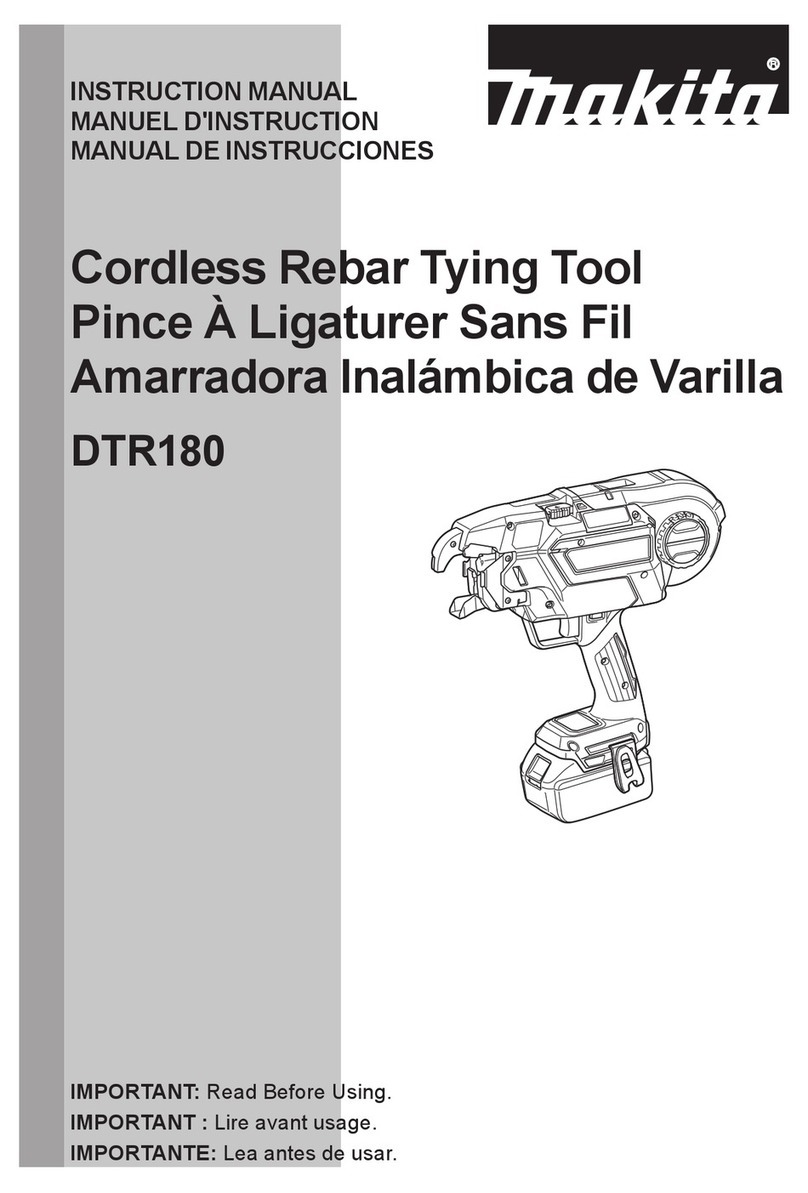
Makita
Makita DTR180 User manual
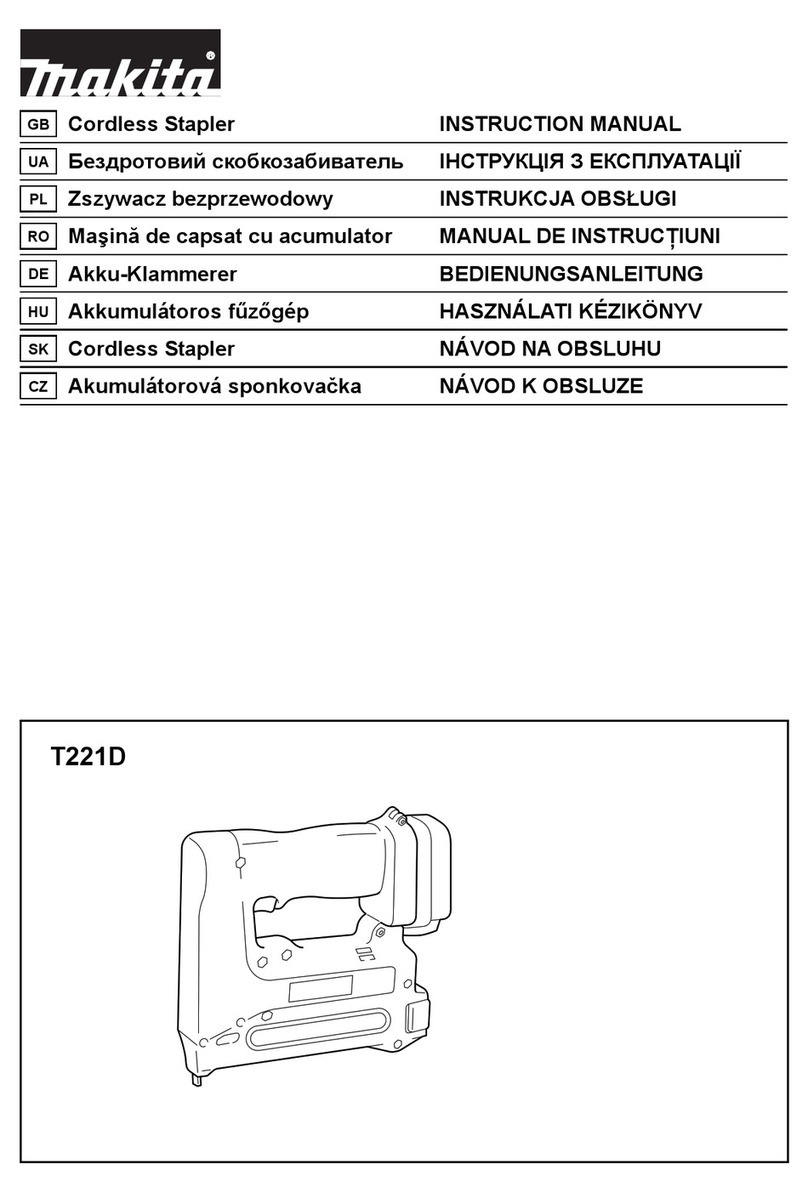
Makita
Makita T221D User manual
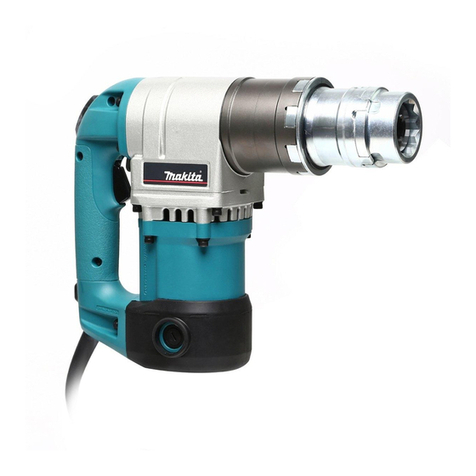
Makita
Makita 6924N User manual

Makita
Makita 4331DZ User manual
Popular Power Tools manuals by other brands

Senco
Senco DuraSpin ExTPro installation instructions

Ferm
Ferm JSM1020 Original instructions

Milwaukee
Milwaukee M12 FUEL 2559-20 Operator's manual

EINHELL
EINHELL BT-CD 12/2 operating instructions

Evolution
Evolution HDG200 instruction manual

National Flooring Equipment
National Flooring Equipment 7700 Service manual

